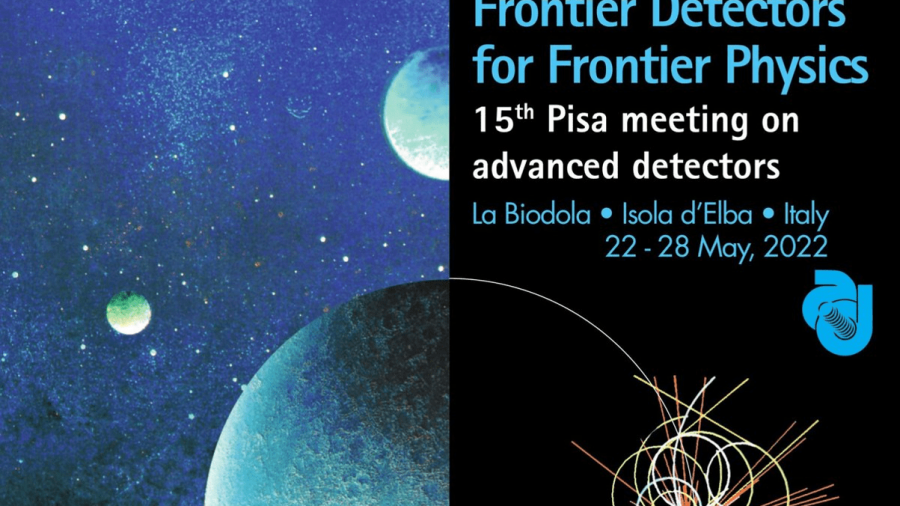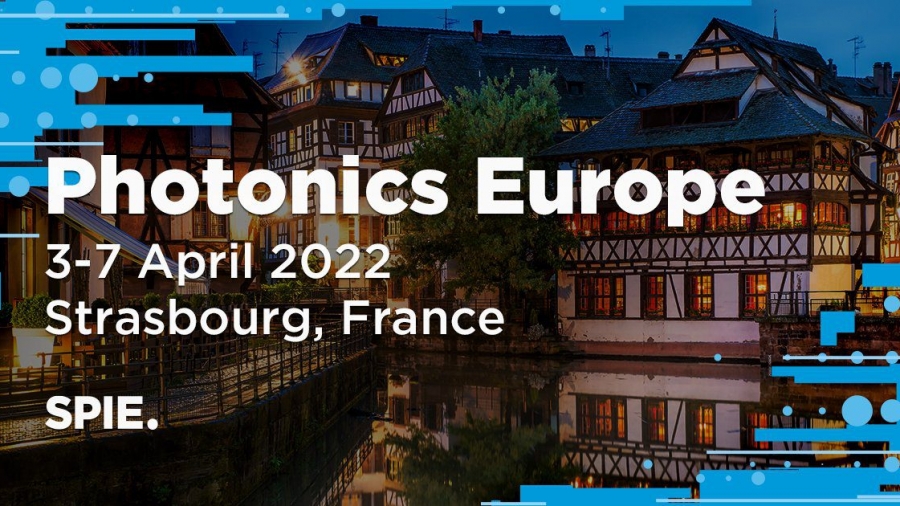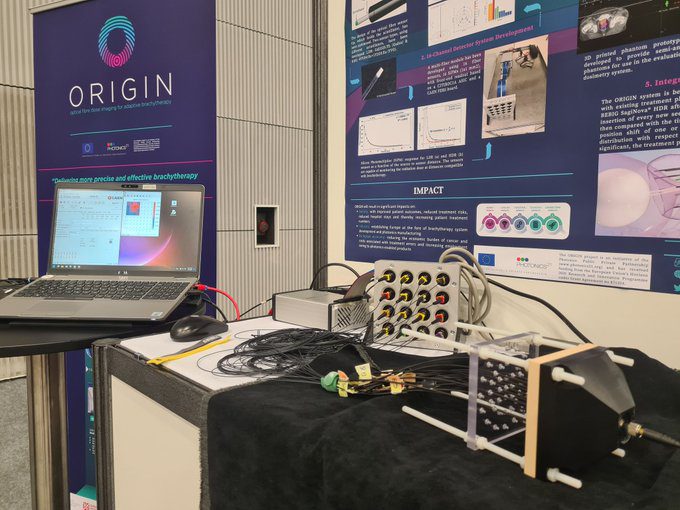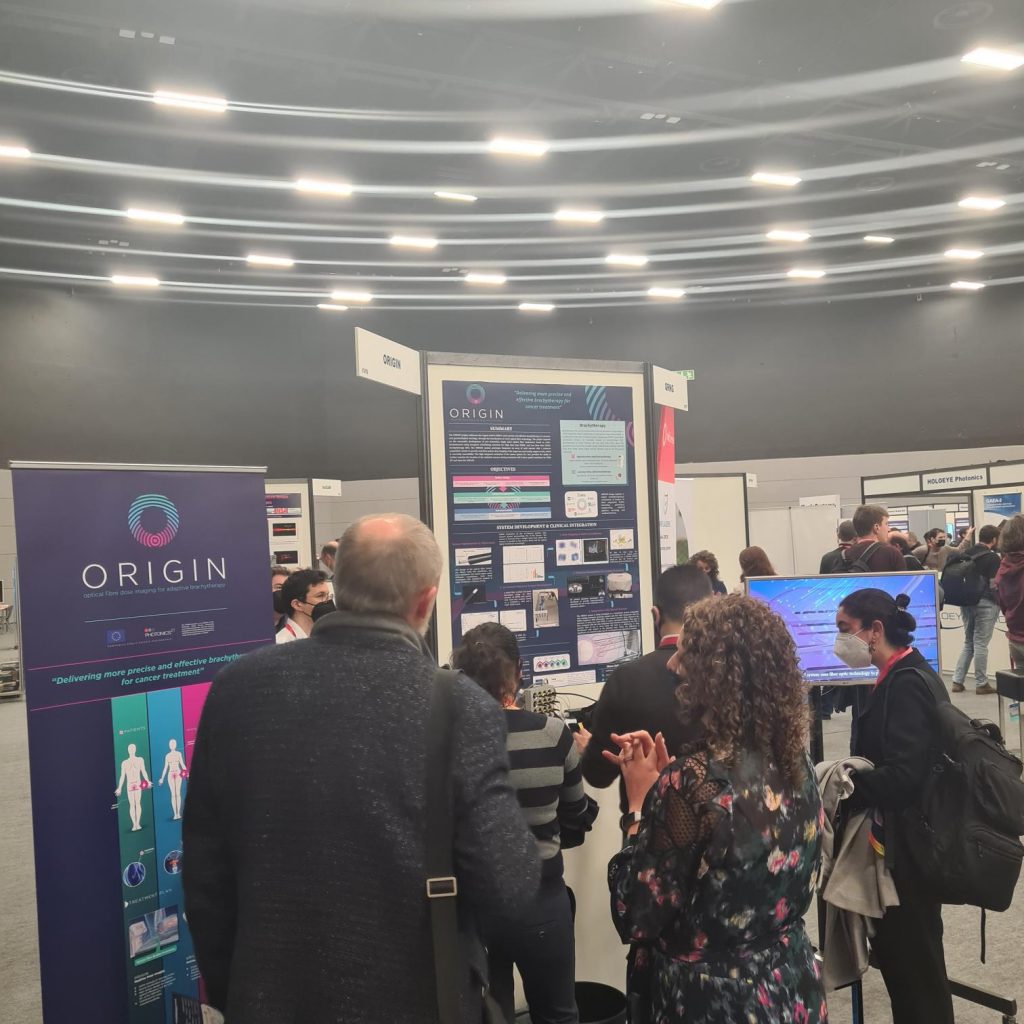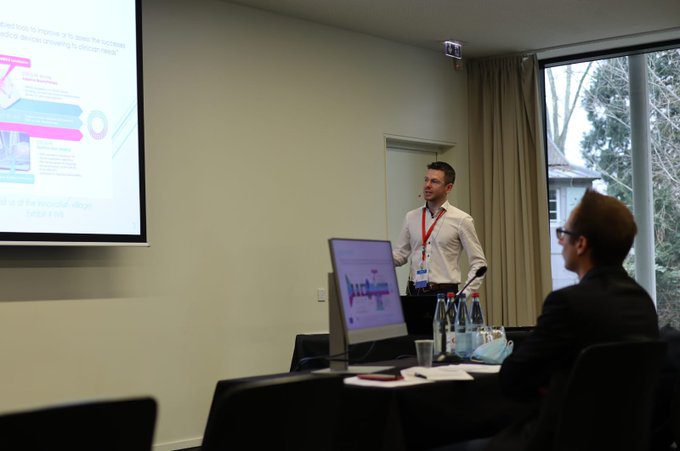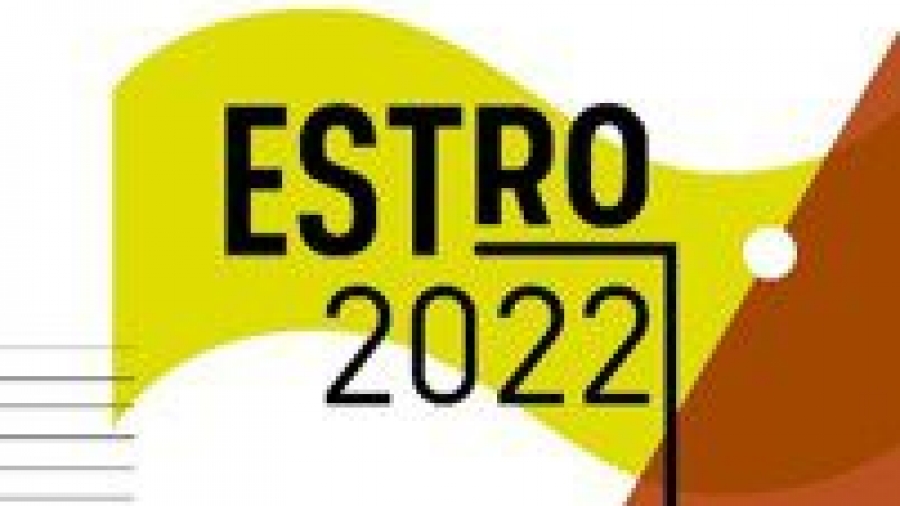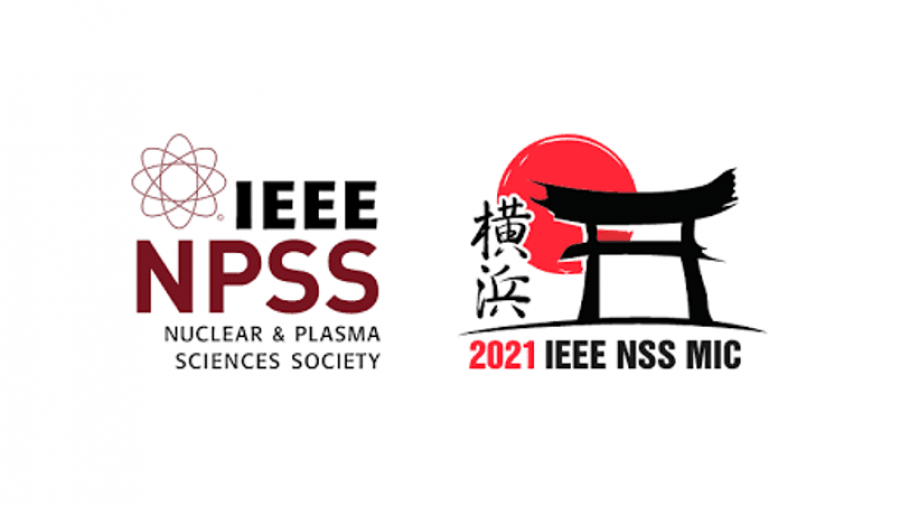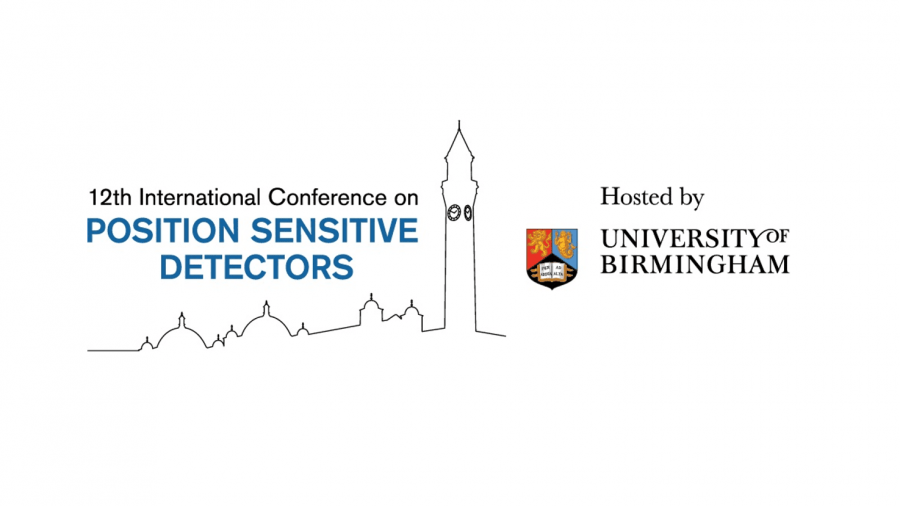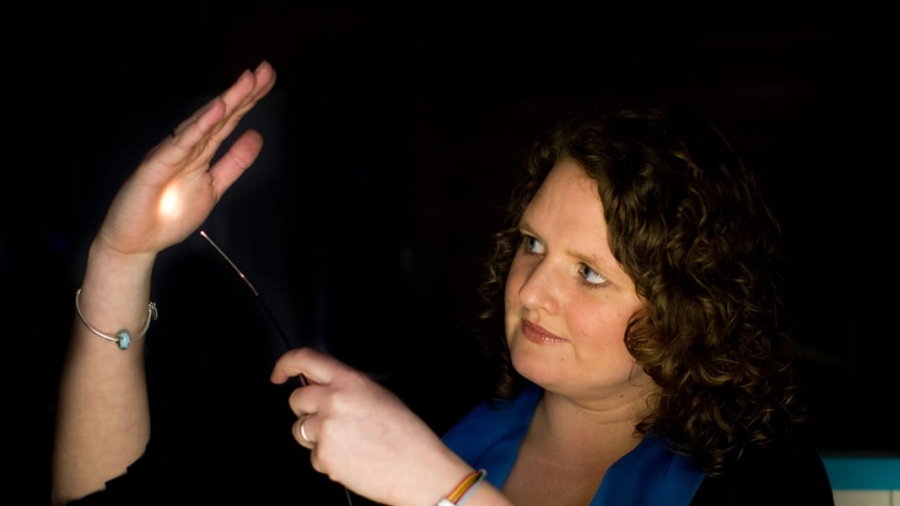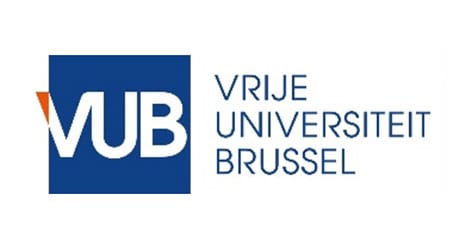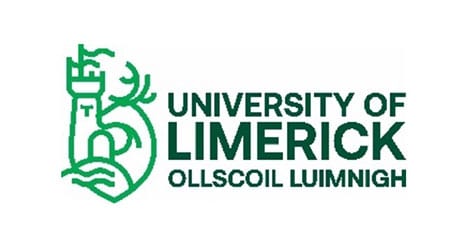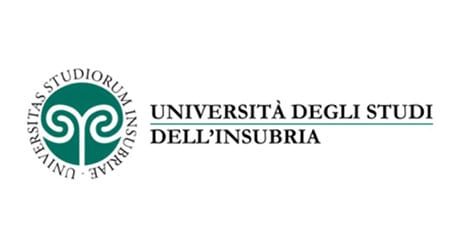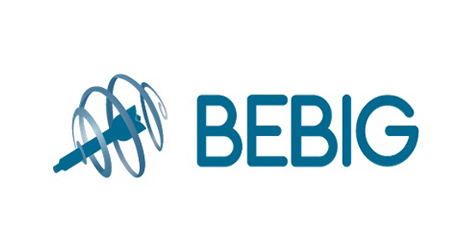ORIGIN researcher Mr Peter Woulfe appointed to Ireland’s first National Research Ethics Committee for Medical Devices
The remit of the NREC-MD is to review the submission of ethics applications related to Clinical Investigations of Medical Devices. The NREC-MD is one of three NRECs who’s membership was recently appointed by Minister for Health, Stephen Donnelly.https://www.nrecoffice.ie/members-appointed-to-irelands-first-nrecs-for-clinical-trials-and-medical-devices/
ORIGIN features in the Spring edition of the University of Limerick magazine – UL Links
A new project led by researchers at University of Limerick has the potential to dramatically reduce the risk of error in the treatment of prostate and gynaecological cancer
Origin aims to deliver more effective, photonics-enabled, brachytherapy cancer treatment through advanced real-time radiation dose imaging and source localisation.
A new optical fibre based sensor system to support diagnostics-driven therapy through enhanced adaptive brachytherapy will be developed through the project, of which University of Limerick is the coordinating organisation.
It brings together leaders from academia and industry to develop a new multi-point optical fibre based dose-monitoring system for both low dose rate and high dose rate brachytherapy, with novel algorithms to provide 3D dose imaging with source localisation capability.
The project has been awarded grant funding of almost €5m from the European Union’s Horizon 2020 Research and Innovation Programme, of which UL has received close to €1m.
Dr Sinéad O’Keeffe of UL, who is principal investigator on the project, explains more on the project.
The Origin system will be integrated into existing clinical brachytherapy treatment planning and delivery systems to confirm that the dose prescribed to the tumour is achieved, whilst ensuring the dose to organs at risk is within acceptable limits.
Brachytherapy is a form of radiotherapy where radiation is administered internally. It is divided into Low Dose Rate (LDR), where the radioactive sources, known as seeds, remain implanted permanently in the patient, and High Dose Rate (HDR), where higher activity radiation sources are temporarily implanted.
Correct placement of the radiation source is vital to ensure adequate radiation to the target area (tumour), while ensuring minimum exposure to nearby critical organs, such as, in the case of prostate and gynaecological cancers, the bladder, urethra and rectal wall.
Optical fibres provide an ideal solution to true in vivo (i.e. internal to the body) volumetric dosimetry due to their small size, flexibility and electrical passiveness.
Optical fibre sensors offer numerous advantages over conventional dosimeters, such as thermo-luminescence detectors and diodes. The most significant feature of an optical fibre dosimeter is that the dose information is transmitted using optical signals as opposed to electrical signals and that these optical signals can be remotely collected. This ensures the utmost safety for the patient and medical staff in conducting in-patient in vivo dosimetry.
The project will progress the development of optical fibre based sensors capable of measuring true in vivo radiation levels during treatment to provide for dose mapping and radiation source localisation capabilities.
The optical fibre radiation dosimeters will be further optimised for improved optical signal collection efficiency, higher signal-to-noise ratio and repeatable high volume fabrication… it will ensure that Origin establishes Europe at the forefront of brachytherapy system development and photonics manufacturing.
The Optical Fibre Dose Imaging for Adaptive Brachytherapy (ORIGIN) project is an initiative of the Photonics Public Private Partnership (www.photonics21.org), and has received funding from the European Union’s Horizon 2020 Research and Innovation Programme.
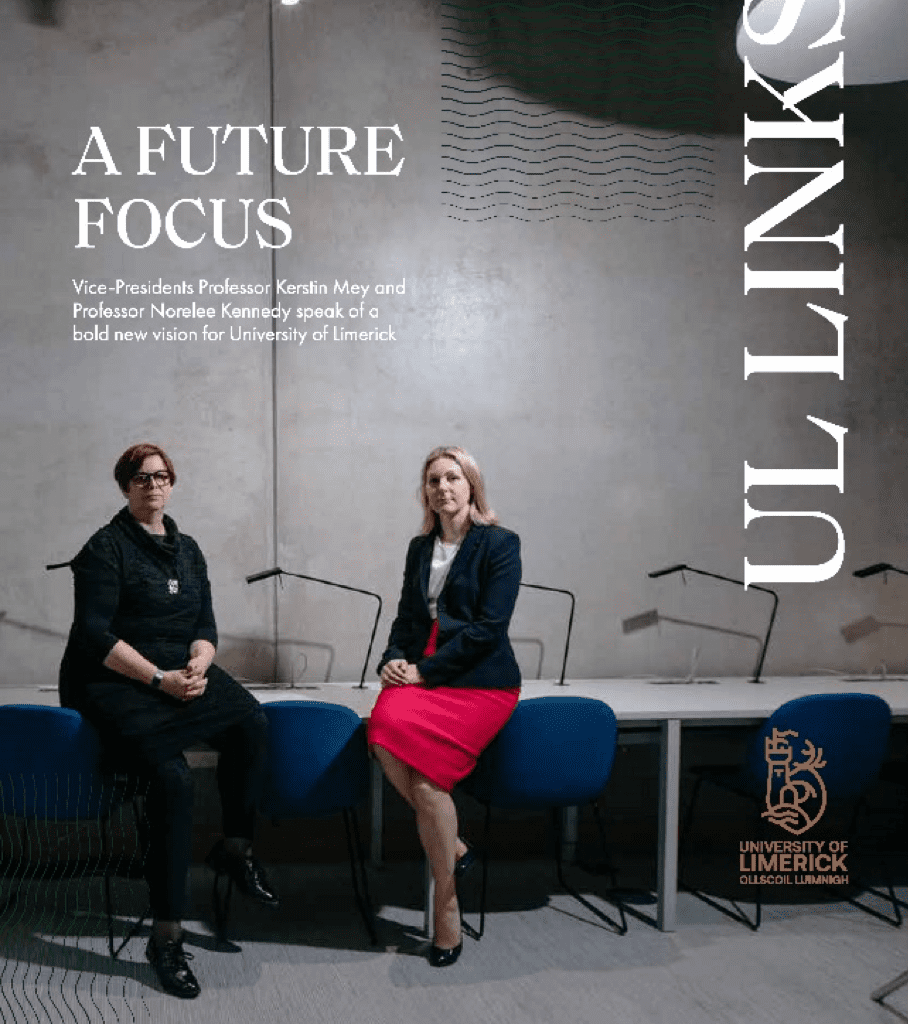
A big thank you to all of the ORIGIN partners
On February 6/7, the ORIGIN consortium meets for the first time since the initiation of the project on January 1. Partners travelled from all over Europe to be at the meeting: Germany, Italy, France, Belgium, and the UK. The meeting was a great success and congratulations to all involved.


